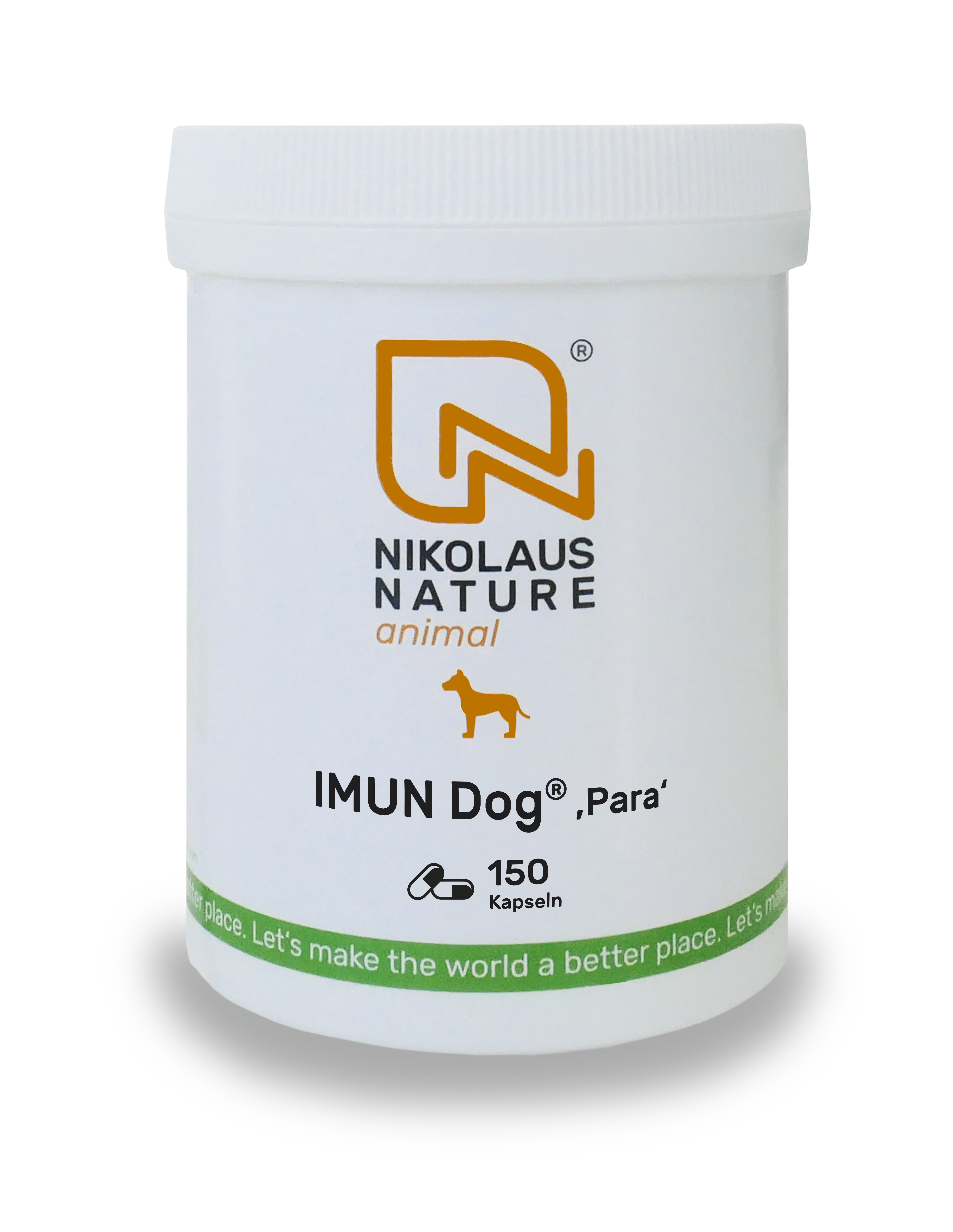×
collect NikPoints and save: find out more
animal
What works best against fleas on dogs?
Springtime, with its abundance of pests and fleas that often bother dogs, is always a significant issue. Here's how to deal with them.
As the first rays of sunshine herald the arrival of spring, people and pets alike are drawn to the outdoors. Dog owners especially enjoy long walks in the woods and fields with their furry companions. However, this idyllic scene has a downside: annoying parasites and pests that awaken with spring and can severely bother and even make our four-legged friends sick.
What exactly is a parasite?
Parasites are small organisms that invade a dog's body to sustain themselves, feeding off the dog. There are two main types: ectoparasites and endoparasites.Ectoparasites
Ectoparasites, like ticks, fleas, and mites, live on the skin, in the ears, or in the fur of dogs, harming their health. They typically lay eggs, which hatch into larvae that feed on the dog's blood or skin flakes. This is obviously detrimental to the dog's health, as all types of parasites burden its immune system.
Endoparasites
Endoparasites live inside the dog, inhabiting the gastrointestinal tract, lungs, or heart. They are difficult to detect and are often only noticed when symptoms appear. These include worms and giardia, which have incredible adaptability to ensure their survival. They prefer to lay their eggs in the host's intestines.
Signs of ectoparasite or endoparasite infestation
Ectoparasite infestation
Ectoparasites can often be seen with the naked eye when they settle in a dog's fur. Flea infestations, for instance, are indicated by black specks on the dog's skin or sleeping area. Other signs include widespread hair loss, itching, and dandruff.
Endoparasite infestation
Detecting endoparasites is more challenging, as worms and giardia are not visible or are only noticed late. They accumulate inside and affect the dog's health. Symptoms include rattling breath, exhaustion, persistent diarrhea, watery eyes, and loss of appetite.
The tick: the most well-known dog parasite
Ticks become active at temperatures between 7-10 degrees Celsius, lying in wait for their victims in grass or bushes up to 1.5 meters high. Using the Hallers organ in their front legs, ticks can detect substances in a dog's breath or sweat, pinpointing their host. Once they find a host, they attach and search for a suitable spot to bite and suck blood. Diseases such as:
-
babesiosis
-
lyme disease
-
anaplasmosis
-
TBE (Tick-Borne Encephalitis)
-
ehrlichiosis
can be transmitted through a tick's saliva. Ticks undoubtedly threaten a dog's health and well-being. Supplement treatments can help by boosting the immune system, making it easier to combat infestations and improve the dog's condition more quickly.
The flea: a tiny jumper
Fleas have a third pair of legs designed for jumping, allowing them to leap 150 times their body length. This powerful jump helps them latch onto their hosts. Flea bites cause persistent itching and can lead to:
-
skin inflammation
-
typhus
-
flea allergy
-
meningitis
The mite: an enthusiastic digger
The most common mites in dogs are burrowing mites and hair follicle mites. Burrowing mites can dig up to 1 cm under the skin to lay eggs, while hair follicle mites live in hair follicles. Though normal in small numbers, hair follicle mites can become problematic if the immune system weakens, potentially causing demodicosis or mange.
Worms: an internal threat
Tapeworms and roundworms are common in dogs but are often detected late due to their internal habitat. They are usually ingested through the feces of infected animals and live off the dog's intestines. Symptoms include:
-
Constipation
-
Itching
-
Vomiting and diarrhea
-
Nutrient deficiencies
-
Bloated abdomen
-
Loss of appetite
-
Weight loss
Giardia: A Persistent Tenant in the Dog's Intestines
Giardia are also very small and live in the small intestine of their host, but they are not worms; they are single-celled parasites. The ways they spread are numerous and include contaminated water in puddles and lakes, tainted soil, and contact with other animals. Their resilience is legendary, allowing them to survive for years.
They cause the following issues:
-
Gastrointestinal issues
-
Stomach cramps
-
Vomiting
-
Gas
IMUN Dog 'Para': Valuable Support Against Parasites and Worms in Dogs
Made from natural raw materials, our Imun Dog “Para” presents itself because of its antiviral and antibacterial spectrum as an effective support for defending against parasites and worms.
It is GMO-free, premium quality and has high bioavailability excellently strengthens your four-legged friend's body's own defenses. For a strengthened immune system, defending against parasites and worms becomes child's play. As well as reducing itching, intestinal and fur problems.
other articles
© 2024 Nikolaus-Nature.com
All prices quoted in EUR incl. statutory taxes but excl. shipping costs. Image rights: Adobe Stock, Nikolaus-Nature.com
Online shop by web2future.at shop solutions
All prices quoted in EUR incl. statutory taxes but excl. shipping costs. Image rights: Adobe Stock, Nikolaus-Nature.com
Online shop by web2future.at shop solutions


